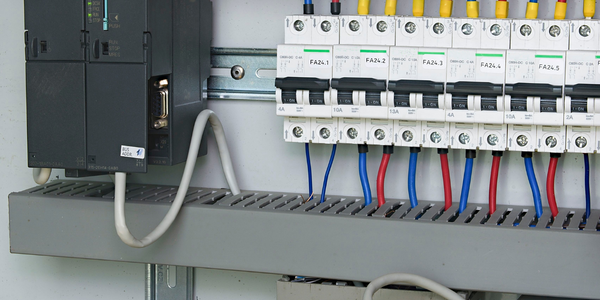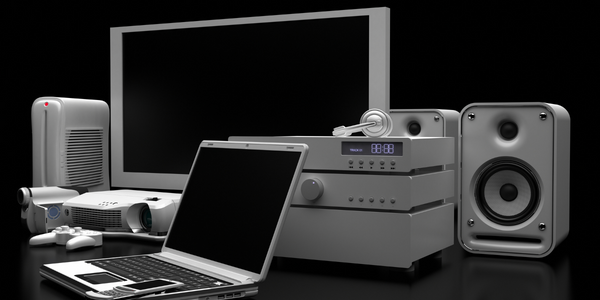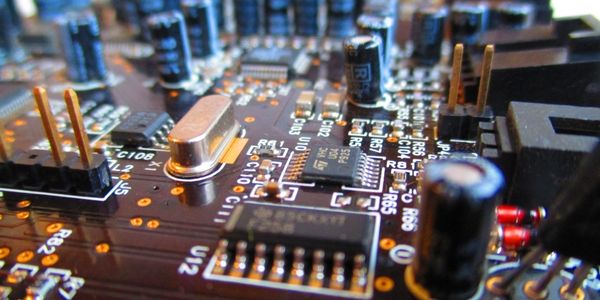公司规模
SME
地区
- Pacific
国家
- New Zealand
- Australia
产品
- Acumatica Financial Management
- Acumatica Distribution Management
- Acumatica Customer Management
- JAAS Advanced Manufacturing Software (JAMS)
技术栈
- ERP System
- Web-based ERP
实施规模
- Enterprise-wide Deployment
影响指标
- Productivity Improvements
- Brand Awareness
技术
- 功能应用 - 企业资源规划系统 (ERP)
适用行业
- 电子产品
适用功能
- 离散制造
- 采购
用例
- 自动化制造系统
- 库存管理
服务
- 系统集成
关于客户
Triode Group Limited 成立于 2007 年,是一家总部位于新西兰的电子行业零部件制造商。2007 年成立四年后,该公司发现自己陷入了许多初创企业都曾遇到过的境地:随着业务的增长,它不得不应对日益增加的复杂信息,这些信息必须在越来越多的员工、供应商和客户之间共享。该公司很难使用 Microsoft Excel 电子表格、PDF 文件和会计软件来组织数据。该公司总部位于新西兰,在澳大利亚设有其他业务部门,为 200 多家客户提供服务,从个人公司到大型跨国公司。
挑战
Triode Group Limited 是一家总部位于新西兰的公司,主要为电子行业制造零部件。随着业务的增长,该公司在管理复杂信息方面遇到了困难。该公司使用多个电子表格、文件夹、文件甚至口口相传来共享信息。为了提取一项工作的数据,他们必须打开大约五个文档。他们使用的不同系统之间无法相互通信。这导致员工浪费时间寻找未正确标记的零部件,并会错误地购买公司货架上已有的零部件。问题变得越来越大,这确实令人烦恼。他们意识到他们需要一个合适的系统。
解决方案
Triode Group Limited 希望拥有一个灵活、敏捷的 ERP 系统,能够轻松适应其现有流程。他们还希望拥有一个基于 Web 的 ERP,可通过浏览器访问,因为该公司将货物存储在澳大利亚,那里的员工需要实时访问和上传信息。经过七个月的研究,该公司将选择范围缩小到 Acumatica 和 SyteLine,后者是 Infor 销售的中型 ERP 软件包。Triode 最终选择 Acumatica,很大程度上是因为其集成制造软件“JAMS”(代表“JAAS 先进制造软件”)。选择 Acumatica 的另一个关键原因是该公司不必为单个用户许可证付费。该公司购买了 Acumatica 财务管理、分销管理和客户管理套件以及 JAMS,并获得了永久许可。它选择在附近城市的服务器上托管 Acumatica。Acumatica 于 2012 年初部署,过渡期为三个月,非常顺利。
运营影响
数量效益

Case Study missing?
Start adding your own!
Register with your work email and create a new case study profile for your business.
相关案例.

Case Study
Remote Temperature Monitoring of Perishable Goods Saves Money
RMONI was facing temperature monitoring challenges in a cold chain business. A cold chain must be established and maintained to ensure goods have been properly refrigerated during every step of the process, making temperature monitoring a critical business function. Manual registration practice can be very costly, labor intensive and prone to mistakes.

Case Study
Predictive maintenance in Schneider Electric
Schneider Electric Le Vaudreuil factory in France is recognized by the World Economic Forum as one of the world’s top nine most advanced “lighthouse” sites, applying Fourth Industrial Revolution technologies at large scale. It was experiencing machine-health and unplanned downtime issues on a critical machine within their manufacturing process. They were looking for a solution that could easily leverage existing machine data feeds, be used by machine operators without requiring complex setup or extensive training, and with a fast return on investment.

Case Study
Cloud Solution for Energy Management Platform-Schneider Electric
Schneider Electric required a cloud solution for its energy management platform to manage high computational operations, which were essential for catering to client requirements. As the business involves storage and analysis of huge amounts of data, the company also needed a convenient and scalable storage solution to facilitate operations efficiently.

Case Study
Leveraging the IoT to Gain a Competitive Edge in International Competition
Many large manufacturers in and outside Japan are competing for larger market share in the same space, expecting a growing demand for projectors in the areas of entertainment, which requires glamor and strong visual performance as well as digital signage that can attract people’s attention. “It is becoming more and more difficult to differentiate ourselves with stand-alone hardware products,” says Kazuyuki Kitagawa, Director of Service & Support at Panasonic AVC Networks. “In order for Panasonic to grow market share and overall business, it is essential for us to develop solutions that deliver significant added value.” Panasonic believes projection failure and quality deterioration should never happen. This is what and has driven them to make their projectors IoT-enabled. More specifically, Panasonic has developed a system that collects data from projectors, visualizes detailed operational statuses, and predicts issues and address them before failure occurs. Their projectors are embedded with a variety of sensors that measure power supply, voltage, video input/ output signals, intake/exhaust air temperatures, cooling fan operations, and light bulb operating time. These sensors have been used to make the projector more intelligent, automatically suspending operation when the temperature rises excessively, and automatically switching light bulbs. Although this was a great first step, Panasonic projectors were still not equipped with any capability to send the data over a network.









